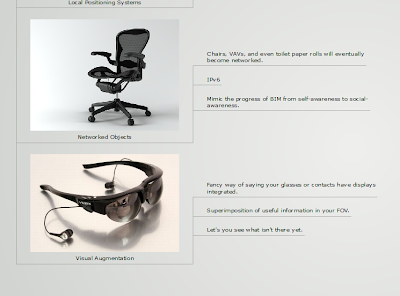If you want to roll back in time, you can check out my post from last year for old times sake. This year was no different. Again, the Aussies pulled out all the stops and had the best Revit conference on the continent. AU has it's advantages (sheer size, exposure, and a lot more Autodesk peeps) but you just can't understate how cool it is to be talking to 350 other expert Revit users. The level of the conversations and presentations is just so much higher as a result.
My class was a blast (for me). I'm still not sure that case studies are a good fit for RTC (almost anyone in the room could have done the same thing), but I think everyone who sat in picked up a few tidbits to take home. Speaking of, as promised in the handout the families I used on the Kimbell concrete model have been uploaded to the RTC site. If you don't want to wait, click here and download away.
Now, for my favorite moments from RTC USA 2012...
- The band was epic! (No, not Steve Shell, the Packway Handle Band!) These guys were awesome! Zune marketplace here I come...
- Of course, not all Revit users are geeks. Or, maybe, not all geeks look like geeks? Anyway, Jay was resplendent as always in his black rubber shirt, black jeans, and black...is that a coat? I dunno, but it was awesome...
- My favorite class this year went to Scott Brown who had some mind blowing detailed interiors work in Revit. Everything about this class was awesome, including the fact that there was easily an hour of material he didn't even get to because the first half of his presentation was so bad ass we questioned it into a full hour. I'm also thrilled that the "best fish story like gesture" award went to Scott this year (though the hands are backwards, oh well).
- My second favorite class(es) were Marcello's crazy classes on massing. The guy modeled a freakin' elephant in Revit, and a junkie shooting up if the elephant wasn't enough. The man is crazy... crazy brilliant. Wish I had a picture... Then again, I stole Aaron's pictures for all the other ones so....yeah.
Allright, that's it for this year. It was awesome to meet / see everyone again this year, see you next year in Vancouver!
RTC North America 2013 here we come...











